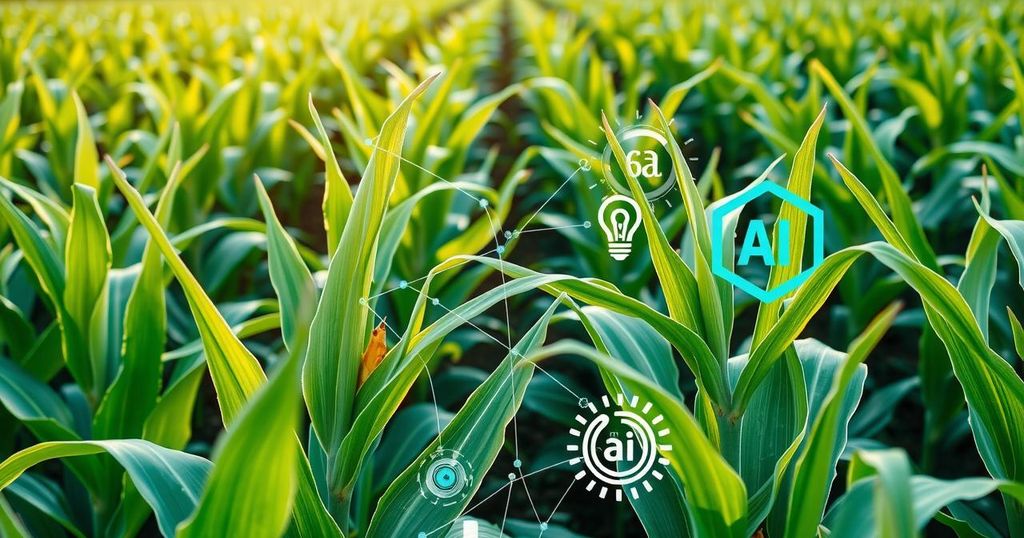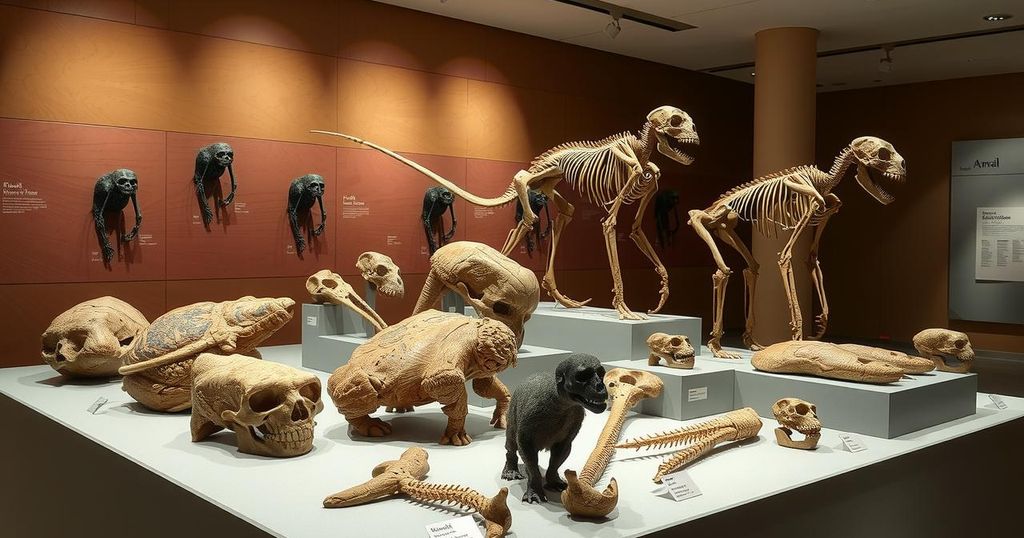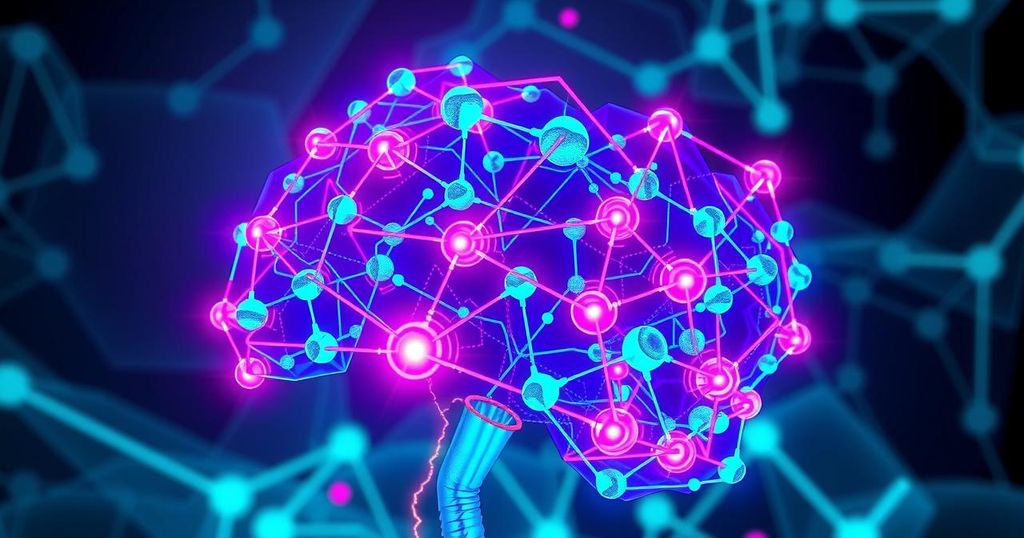NYU Scientists Leverage AI to Boost Corn Yields with Less Fertilizer
Researchers at NYU are using AI to enhance nitrogen use efficiency in corn, aiming to help farmers reduce fertilizer costs and minimize environmental impact. Their study identifies crucial genes and transcription factors involved in nitrogen uptake.
In a groundbreaking study, scientists at New York University are harnessing the power of artificial intelligence to optimize corn cultivation with less reliance on nitrogen fertilizers, which can be a financial burden for farmers. By pinpointing specific genes that influence how well plants use nitrogen, the team hopes to help farmers not only boost their crop yields but also reduce environmental impacts from excess fertilizers. Gloria Coruzzi, a leading figure at NYU’s biology department, asserted, “By identifying genes-of-importance to nitrogen utilization, we can select for or even modify certain genes to enhance nitrogen use efficiency in major US crops like corn.”
Over the past half-century, monumental advances in plant breeding and fertilizer technology have helped farmers achieve larger yields. However, many crops can only utilize about 55% of the nitrogen that is applied, leading to environmental issues. Excess nitrogen can leach into groundwater, contaminating drinking supplies and contributing to toxic algae blooms in waterways. Importantly, this surplus nitrogen can also be converted into nitrous oxide, a gas that packs a punch as a greenhouse gas—265 times more potent than carbon dioxide over a hundred years.
As the U.S. stands as the world’s corn capital, growing this essential cash crop often comes with high costs of fertilizer. A significant portion of applied nitrogen isn’t absorbed by the plants, which isn’t just a monetary issue, but it also poses risks to our soil, water quality, and climate. To combat this pressing problem, the researchers employed machine learning to unearth patterns in plant genetics that correlate with nitrogen use efficiency.
In a more detailed approach, the team conducted extensive analysis by tracking the evolution of corn genes alongside those of Arabidopsis, a small flowering weed favored for biological research. Their previous work—published in Nature Communications—helped confirm the role of certain genes in nitrogen responsiveness. Building upon that foundation, their latest study in The Plant Cell focuses on how groups of genes, or “regulons,” are activated or suppressed by transcription factors, essential regulatory proteins.
Coruzzi noted the intricate nature of these traits: “Traits like nitrogen use efficiency or photosynthesis are never controlled by one single gene.” The beauty of their machine learning method, she explained, is its capability to identify these collective sets of genes and the respective factors that activate them. Through RNA sequencing, the team measured responses of genes in both corn and Arabidopsis to nitrogen, generating data that helped to train machine learning models.
Using these models, they were able to identify and rank the most effective nitrogen-responsive genes across various plant types, evaluating their potential to predict nitrogen utilization efficiency. From there, two transcription factors in corn were isolated, regulating a set of 24 genes linked to nitrogen use; alongside another in Arabidopsis that governs 23 similar genes. These validations not only confirmed their findings but also enhanced AI’s predictive power concerning nitrogen use efficiency in corn.
This identification of gene regulons has major implications for agricultural practices. Coruzzi added, “By looking at corn hybrids at the seedling stage to see if expression of the identified genes-of-importance to nitrogen use efficiency is high, rather than planting them in the field and measuring their nitrogen use, we can use molecular markers to select the hybrids at the seedling stage that are most efficient in nitrogen use.” This helps farmers save money and is expected to help mitigate harmful nitrogen runoff and greenhouse gas emissions.
New York University has taken steps to protect this research with a patent application. The study also acknowledges contributions from various co-authors and received support from esteemed organizations, including the National Science Foundation and the National Institutes of Health. The findings are featured in a special issue of The Plant Cell celebrating the 25th anniversary of the Arabidopsis genome publication.
As agriculture continues to face increasing pressures, the fusion of AI and genetics might just be the lifeline needed to lead the industry into a more sustainable future.
NYU researchers are groundbreaking in linking artificial intelligence with genetics to tackle nitrogen use efficiency in corn farming. This approach promises not just to elevate crop yields but also to minimize fertilizer costs and environmental damage. As they delve deeper into the genetic intricacies of corn, the prospect of more sustainable farming practices is within reach—potentially transforming agriculture in the U.S. and beyond.
Original Source: www.nyu.edu




Post Comment